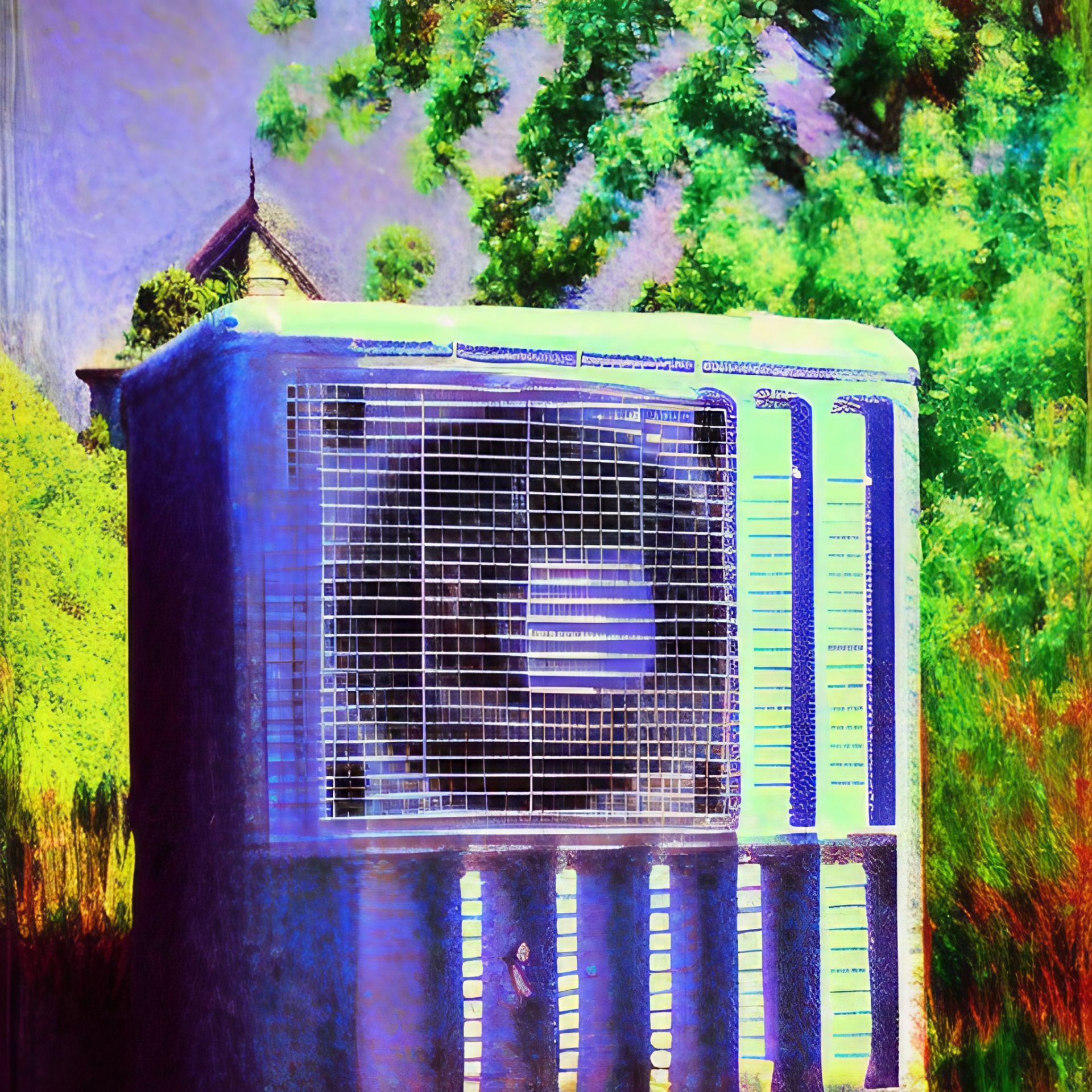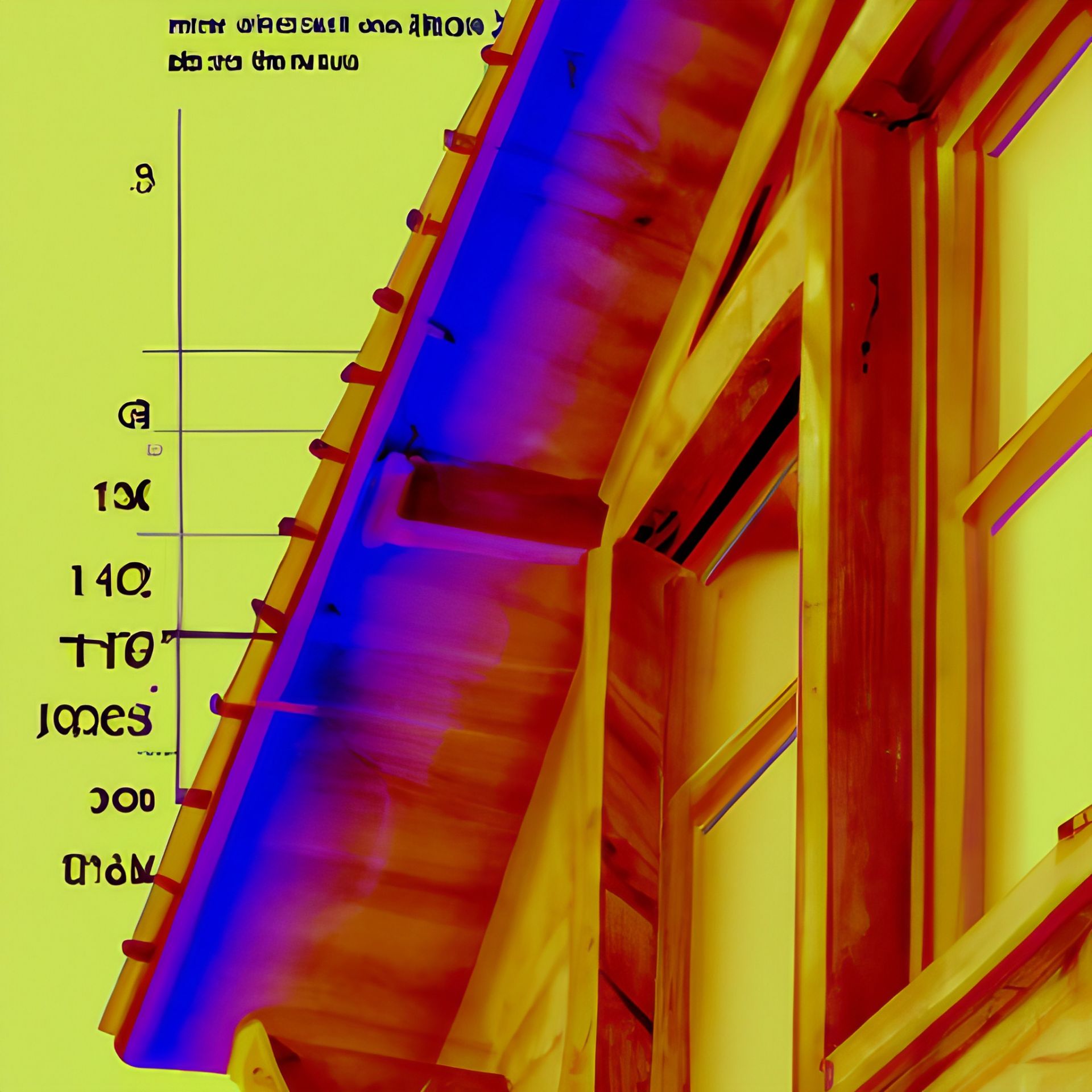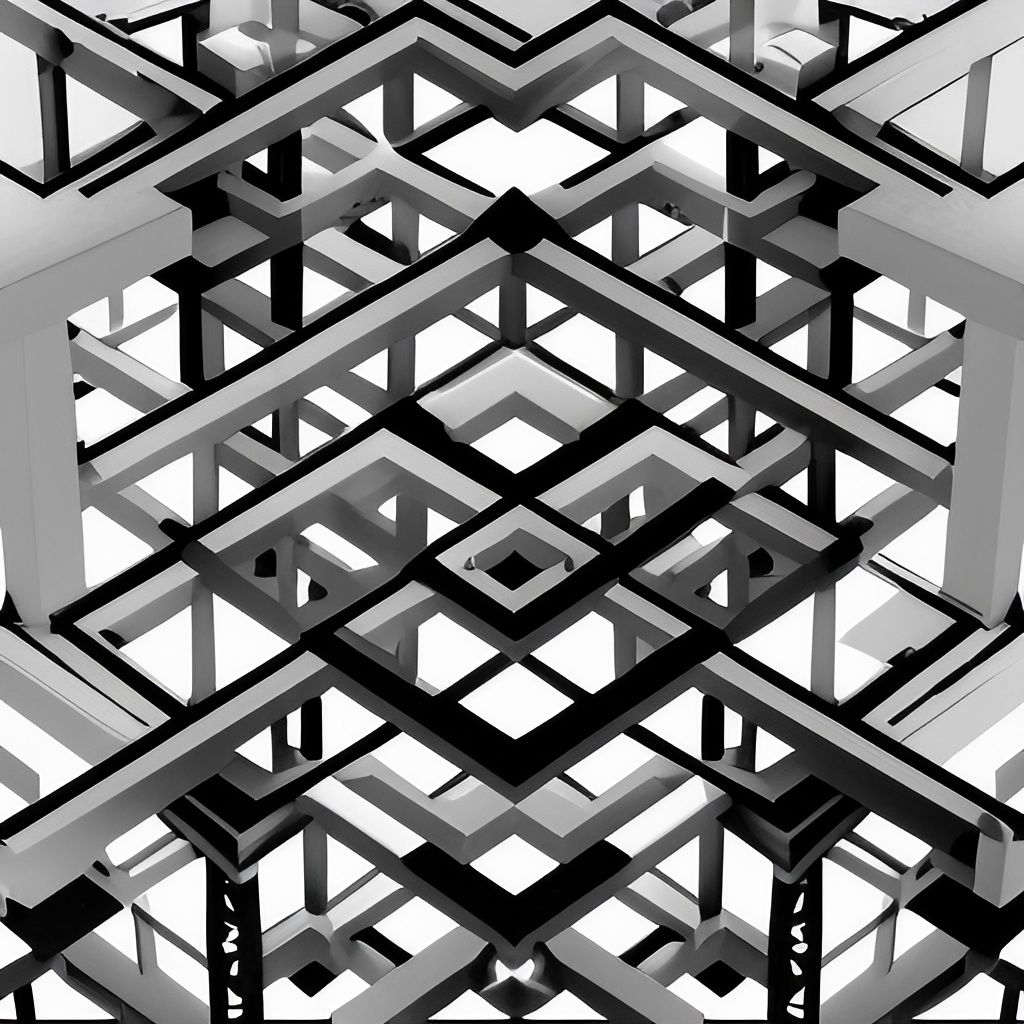10 Benefits of subcontracting your HVACR design work to an experienced design company.
This is a subtitle for your new post
10 Benefits of Subcontracting your work to an HVACR Design company.
1. Subcontracting HVACR design services can offer faster turnaround times, allowing companies to stay ahead of the competition. By outsourcing the work to a specialized consultant or firm, projects are often completed more quickly and efficiently. This can help companies meet tight deadlines and stay on budget in terms of costs associated with these services.
2. Companies can benefit from cost savings when contracting for their HVACR design needs. Through efficient use of resources and equipment, subcontractors are often able to produce larger quantities at lower cost than would be possible doing the same work in-house. This is especially true when dealing with complex designs that require multiple steps and components.
3. The experience of subcontractors can prove invaluable when designing HVACR systems. Having access to a knowledgeable third party not only helps ensure that the project is completed correctly, but it also offers peace of mind knowing that an experienced professional is overseeing the process.
4. A qualified subcontractor can provide valuable insights into current trends in the industry as well as new technologies and innovations that could impact a company’s bottom line through improved efficiency or reduced costs over time.
5. Companies can also benefit from subcontractors’ specialties in areas such as energy efficiency or green building practices, enabling them to maximize the potential benefits from their investment in HVACR design services while staying up-to-date with best practices in sustainability initiatives across multiple industries.
6. By outsourcing certain aspects of their design processes, companies can maintain greater control over their operations by focusing resources where they are needed most while ensuring that quality standards are met consistently throughout all stages of the project lifecycle from conception to completion.
7. Working with a subcontractor allows a company to obtain access to an expanded network of contacts, vendors and suppliers who specialize in providing materials and supplies necessary for completing projects on time without sacrificing quality or performance factors along the way.
8. Contracting out design services eliminates distractions associated with managing an internal team focused solely on this area which could take away time needed for other core operations within an organization such as sales or marketing efforts which may have higher returns on investment than directed towards internal resources handling the same tasks independently over extended periods of time..
9 .Subcontracting helps reduce overhead costs since third parties provide their own tools, equipment, personnel and infrastructure to complete projects according to predetermined scopes of work at fractional costs compared to hiring permanent staff members within organizations who expect salaries long after completion of one task or assignment..
10 .Finally, companies gain access to additional training opportunities for employees as well as additional technical support when working with qualified consultants or firms specializing exclusively in HVACR design services due both parties understanding complexities associated with these systems especially when involving new construction projects requiring extensive compliance requirements along each stage within the development process









